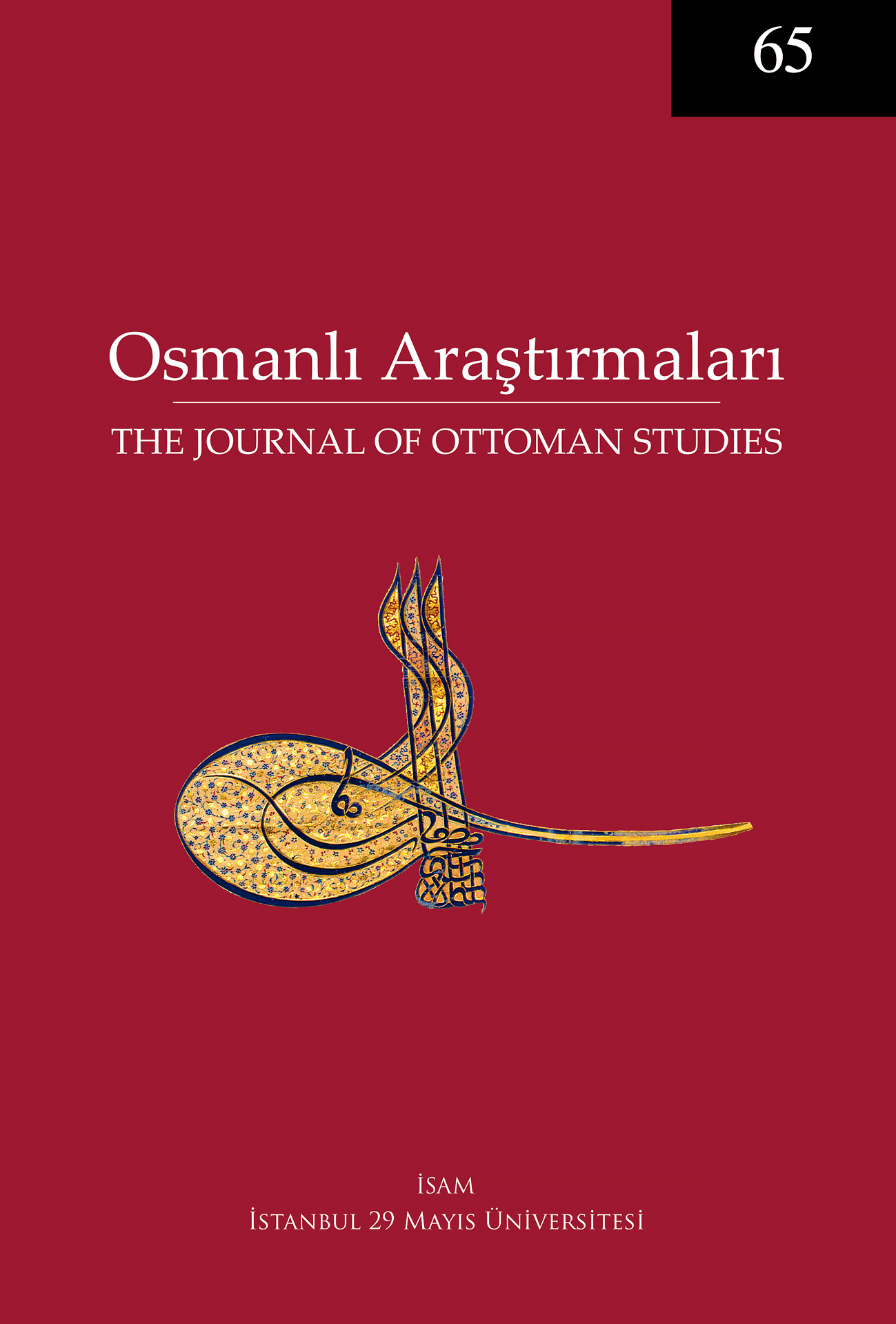Vizierial Households and the Timar System (1532-1611)
Keywords:
Ottoman Empire, Timar System, Vizierial Households, Decline Literature, Military and Fiscal TransformationAbstract
The transformation of the timar system, one of the fundamental components of the military and administrative mechanism of the Ottoman Empire, has been discussed since the last quarter of the 16th century in older sources as well as in the modern literature. One of the most significant aspects of this transformation was the rise in the number of people who held timar or zeamet and belonged to ümerâ class households, as well as the rise in the number of dirliks held. Another important aspect of it was the widespread practice of exempting people in such circumstances from participating in campaigns based on their household membership. This article empirically examines and discusses this transformation in relation to the viziers from the first half of the 16th century to the first quarter of the 17th century. Thus, attempts were made to pinpoint the turning points in the process over a period of about one hundred years. As well, this study aims to make an empirical contribution to the debates on the military, administrative, and political transformation of the Ottoman Empire starting in the last quarter of the 16th century in the context of the timar system and the increasing importance of these households.




